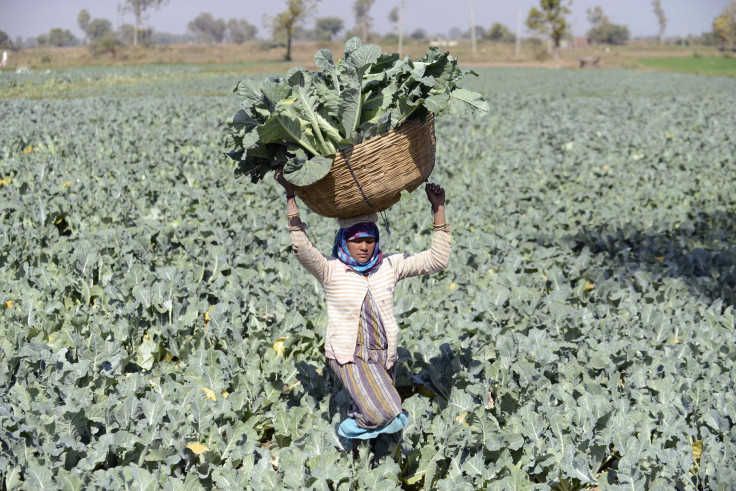India's Weather Could Cause Death, Climate Change Study Says

Weather conditions may become deadly across regions in India, Pakistan and Bangladesh by the end of the century due to extreme heat and humidity, a study by Eltahir Research Group (ERG), a group that examines the global impact climate change can have on society, wrote Tuesday. The change in weather poses a "serious and unique risk" in South Asia.
Extreme temperatures could result in major heat waves in South Asia if greenhouse gas emissions are not handled properly. However, it can be modified if the affected territories take action towards preventing further damage from climate change. If the weather went unchecked, it would affect one-fifth of the worldwide population, which is roughly 1.5 billion people, the study said.
SEE ALSO: Survey: ISIS And Climate Change Seen As Biggest National Security Threats
"The most intense hazard from extreme future heat waves is concentrated around densely populated agricultural regions of the Ganges and Indus river basins," researchers wrote in the study's abstract. "Climate change, without mitigation, presents a serious and unique risk in South Asia, a region inhabited by about one-fifth of the global human population, due to an unprecedented combination of severe natural hazard and acute vulnerability."
Unlike other climate change studies, ERG also takes humidity and the human body's ability to cool itself as a response to it. However, it still dives into temperature predictions for the climate. The study inserts that combined, these serve as consequences of what the authors refer to as "wet-temperature bulb," which is the lowest temperature that can be achieved as water is evaporated into the air. It also has the ability to determine the level of danger climate change poses to society.
Wet-temperature bulb can be problematic upon exposure to humans, as exposure "of around 35 degrees Celsius (95 degrees Fahrenheit) for even a few hours will result in death even for the fittest of humans under shaded, well-ventilated conditions." This kind of disruption of the body's normal temperature can immediately tamper with an individual's physical and cognitive functions.
SEE ALSO: Climate Change News: Did Al Gore's Documentary, 'An Inconvenient Sequel' Get Good Reviews?
The most vulnerable to the projected heat waves are farmers and construction workers, with the majority of labor in these professions requiring completion outdoors during times where temperatures are increasingly high. Conversly, the study reports 75 percent of the population is expected to experience temperatures exceeding 31 degrees Celsius (88 degrees Fahrenheit), which is considered to be unsafe for humans to endure.
ThinkProgress reported in 2015 that it's rare for wet-bulb temperatures to exceed 31 degrees Celsius. The political blog added, "for humans to maintain a healthy inner body temperature, the wet-bulb temperature cannot exceed 35 degrees Celsius (95 degrees Fahrenheit)," and if it exceeded that temperature, it could lead to hypothermia and potentially death.
The study's researchers used computer simulations to determine their projections, which allowed them to see the effects climate change had in South Asia under two separate scenarios. One situation explored what would happen if current emissions continued to be emitted. The other looked into what would happen if further damage from emissions was restrained. Both showed South Asia wouldn't fare well.
Deadly heat waves previously plagued South Asia. "Two percent of the Indian population sometimes gets exposed to extremes of 32-degree Celsius (90 degrees Fahrenheit) wet-bulb temperatures," National Geographic reported Wednesday that. It's an occurrence that often affects India today. These extremes would eventually affect 70 percent of the population, provided that carbon emissions aren't removed.
A representative from the ERG did not immediately return International Business Times' request for further comments.
Follow me on Twitter @dory_jackson
© Copyright IBTimes 2024. All rights reserved.





















